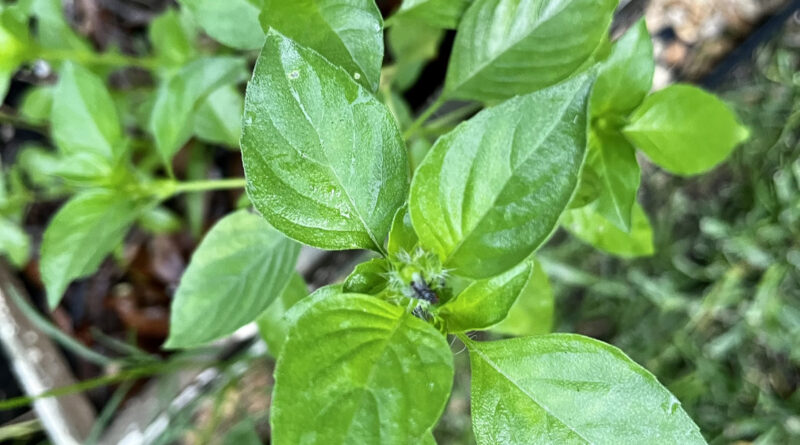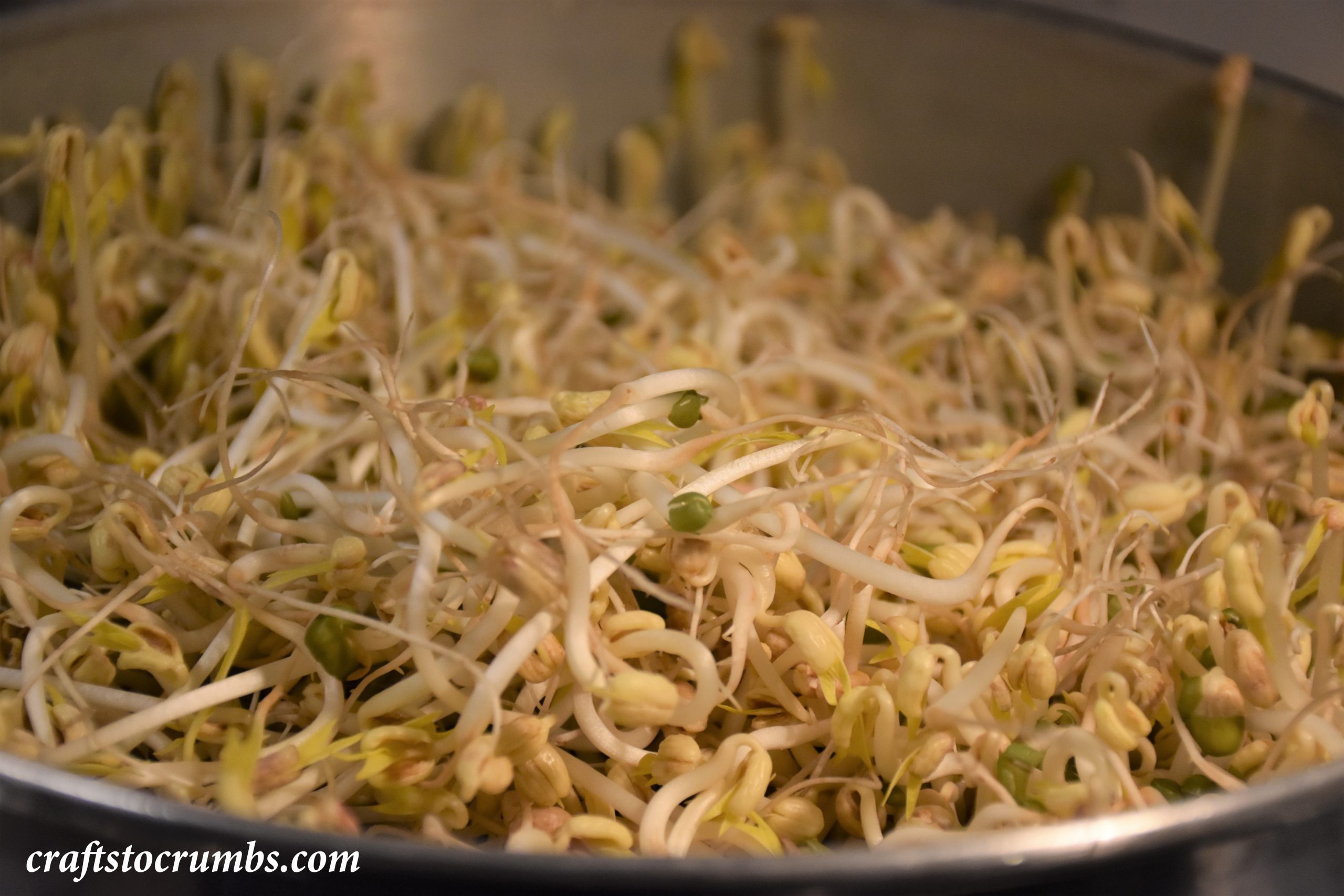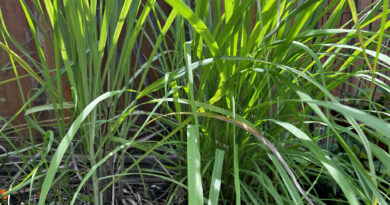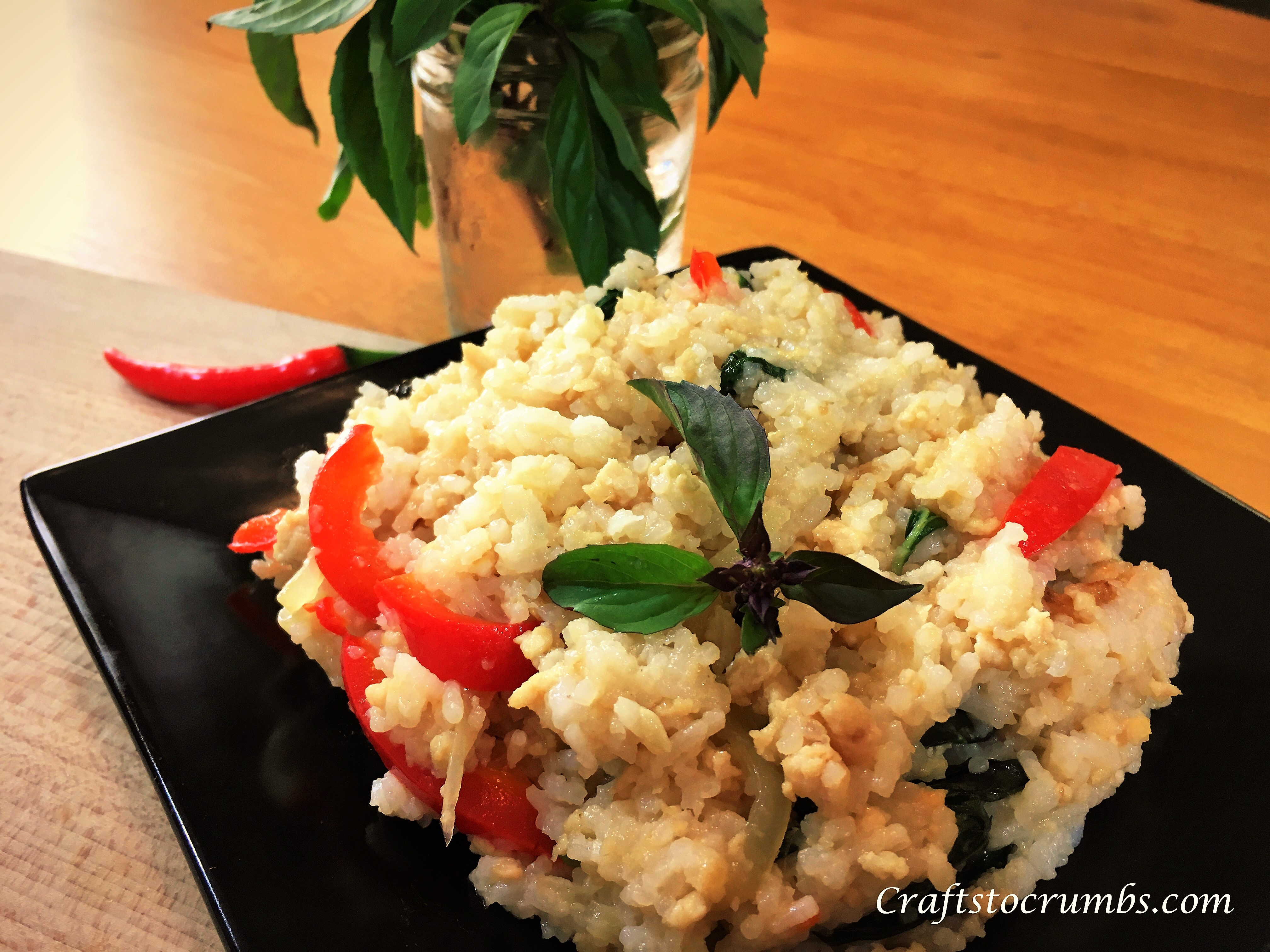Basils in My Garden
Not everything is worth the blood, sweat and tears that goes into gardening. I’ve read from many sources that the best use of resources and the best bang for your buck (gardening-wise), is to grow expensive vegetables (okra and Asian greens) and herbs. Herbs have a hefty price tag for a very small amount.
The only herb not worth growing, in my opinion, is cilantro/coriander, which will run to seed before you have a chance eat them. Not to mention that a bundle of cilantro is fairly cheap at the grocery store.
A good portion of my garden is dedicated to herbs and aromatics. A couple of years ago, I went crazy and had six or seven different types of basil. Granted three varieties came in a chef’s pack. I have since narrowed it down to the ones that I use most often. These are a few of the basils that I have in my garden and their uses.
Lemon Basil (Ocimum X citriodorum): Lemon basil or Lao basil (“pak e-tu”) is a hybrid variety that is native to Asia. It likes heat and lots of sunshine and are typically grown as an annual. They are notable by the fuzzy stems. Lemon basil is sweet and tangy with a hint of lemony note. Hence the name. They are commonly used in stews and other dishes like steamed fish, mok pa.

Holy Basil (Ocimum tenuiflorum): Also known tulsi, holy basil gets its common name because its use in religious and medicinal purposes. Its flavors are warm with notes of lemon, licorice, and cloves. It is widely used as an herbal tea, but the Thai variety, krapao is used in stir-fries.

Thai sweet basil (Ocimum basilicum var. thyrsiflora): Asian sweet basil is native to Southeast Asia. They have narrow leaves, purple stems, and purple flowers. The flavors are spicy with notes of anise and licorice. You’ll find this basil in your curries, pho, and even stir-fries.

Sweet basil (Ocimum basilicum): This variety has larger, rounder leaves. Its flavor has hints of pepper, anise, and mint. However, it is milder variety than the Thai variety and is often used in Italian dishes, tomato sauces, and pesto.

Discover more from Crafts to Crumbs
Subscribe to get the latest posts sent to your email.



